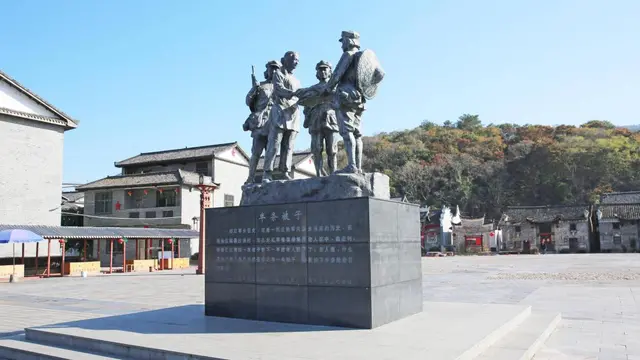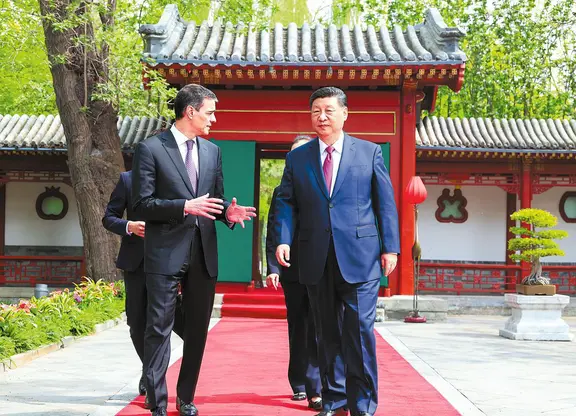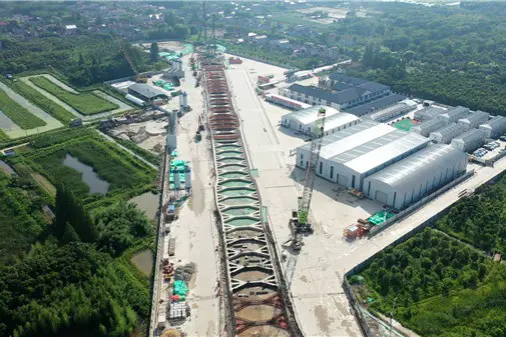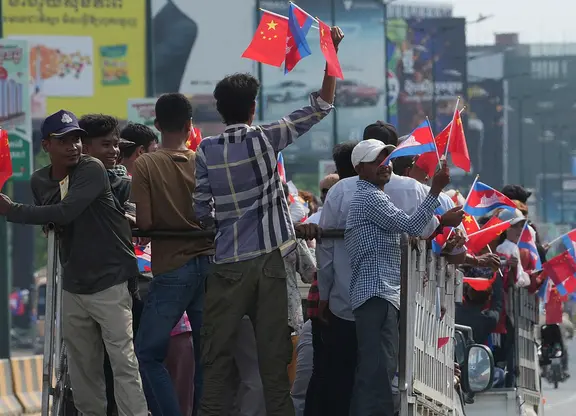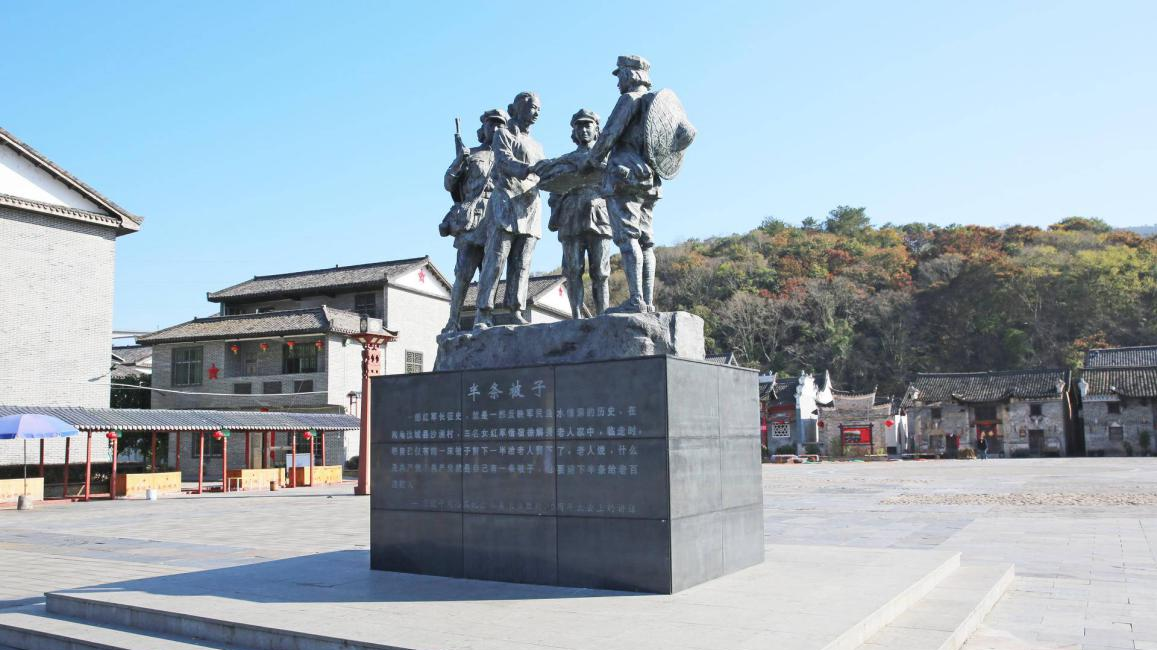
"We've already received ten orders today," said Zhu Xiaohong, while talking with customers on WeChat.
Zhu works very hard to run his native cuisine restaurant in Shazhou Village, Rucheng County, central China's Hunan Province. His annual income was only 8,000 yuan (about $1,200) in 2014, but now the former poor family has been successfully lifted out of poverty, with an annual income of more than 100,000 yuan (about $15,000).
The reason why this former poor household was able to get rid of poverty in a few years should be explained from the story of "half quilt."
In November 1934, Xu Jiexiu, Zhu's grandmother, a poor resident of Shazhou village, offered shelter to three female Red Army soldiers. The three female soldiers saw that Xu didn't even have a quilt to protect herself from the cold, then, they the three female soldiers cut off their only quilt and gave half to Xu. This legendary story has been well known since it happened 70 years ago.
In recent years, along with the Chinese government's vigorous action to alleviate poverty, as well as more attention given to the historical sites of the "half quilt," Shazhou village, this remote and backward village has gradually developed into a wealthy tourist attraction.
Zhu, 52, lived in poverty before, relying only on the meager income from farming to support their elderly parents and two school children.
He learned cooking skills through the government-organized training called "Skills for Everyone." He opened the first local cuisine restaurant in the village, and successfully overcome poverty in 2015. Now, Zhu has earned nearly 10,000 yuan (about $1,510) a month from his local cuisine restaurant, and accommodation for tourists. Now he has a three-story house, and a new car.
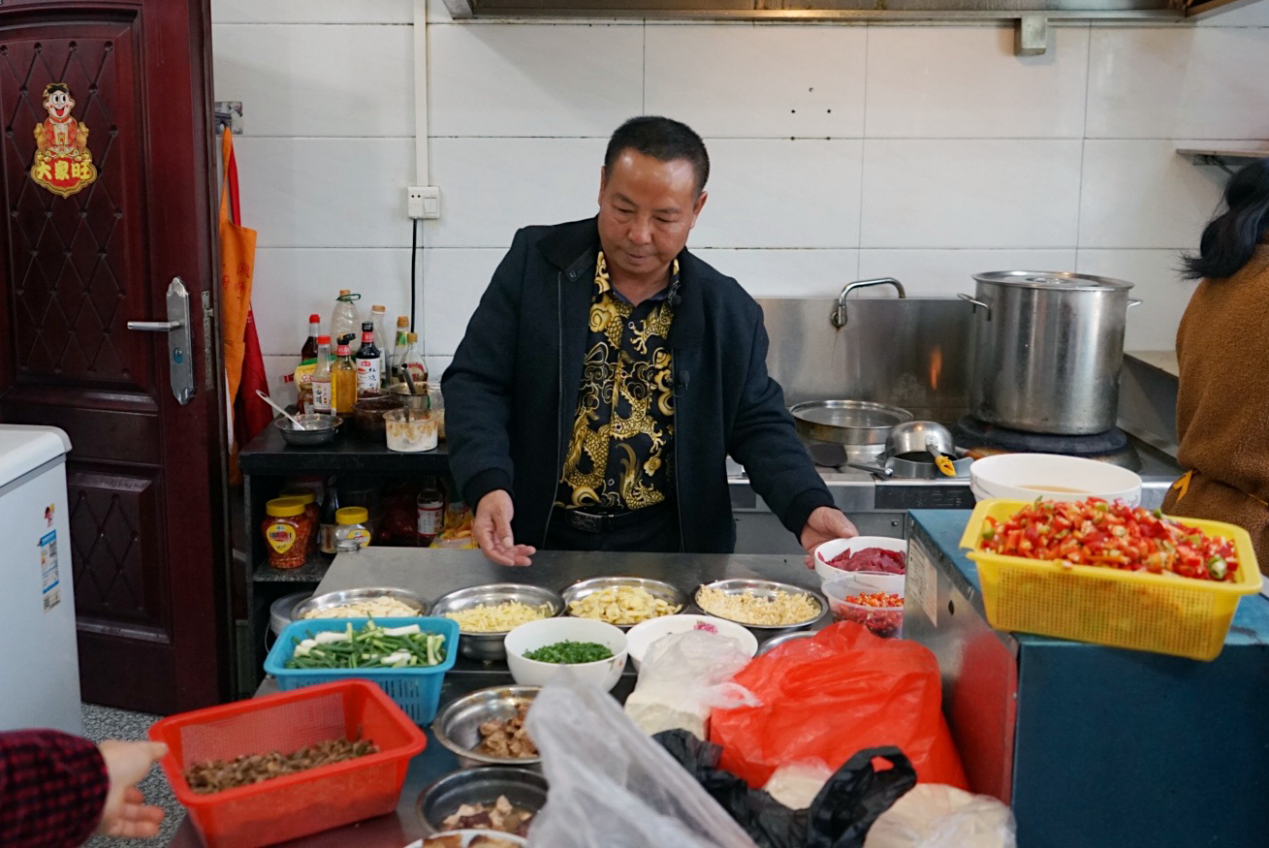
Zhu Xiaohong works in his restaurant. Lou Huanyu/CGTN
Many young people have come back to start their own businesses.
"After the establishment of the scenic spot in my hometown, I didn't hesitate to come back," said Zhu Mengjia. She not only owned a milk tea shop, but also worked as an interpreter in exhibition hall. "The daily sales of milk tea shop could peak at 2,000-3,000 yuan (about $300-450)," she said.
In addition to the income growth, the economic development of Shazhou Village has opened up options for entrepreneurship among young people in their hometowns, allowing them to balance work and family care. The young have injected new vitality into the local tourism with their ingenuity and efforts, creatively harnessing various ways to generate income such as barbecue shops, sightseeing bicycle rentals and selling local specialties.
Zhu Mengjia said that this job brought her more happiness and satisfaction, because she witnessed the once backward small mountain village gradually grew into a beautiful tourist attraction, and the poor villagers were lifted out of poverty one by one.
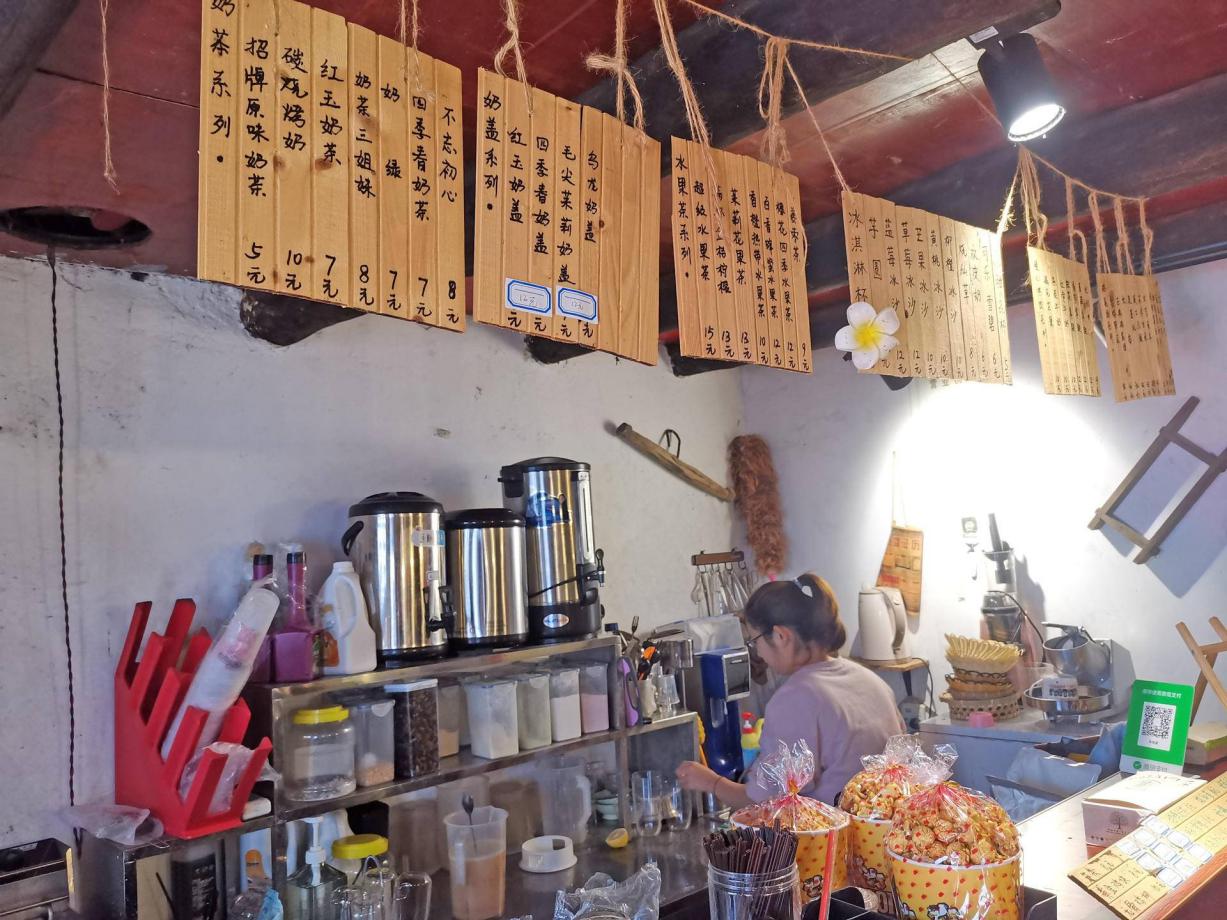
Zhu Mengjia’s milk tea shop. Tian Xinhe/CGTN
In addition to tourism, Shazhou Village makes full use of the natural resources for development of agricultural and sideline industries, which contributes to poverty alleviation of more than 85 percent of the poor people here. Zhang Youfa, chairman of Xingfa fruit and vegetable specialized farmercooperatives, taking turmeric planting for instance, said that the government supported refined products production and market expansion of farmers with the help of e-commerce as free technical assistance from professionals was provided. People can get help through just a phone call.
The data from Rucheng County Committee showed that Shazhou Village supported poor households with land, capital and technology to plant rice, tea, a variety of fruits including, kiwi and pear. That leads to the increase of average household income of poor households by more than 32,000 yuan ($4,800). From 2014 to 2019, the annual per capita disposable income of the villagers in Shazhou Village nearly tripled, with poverty headcount ratio dropping to zero.
(Yu Simeng, Lou Huanyu, Tian Xinhe contributed to the story.)
 简体中文
简体中文

